Birding from Soldado to Saint Giles
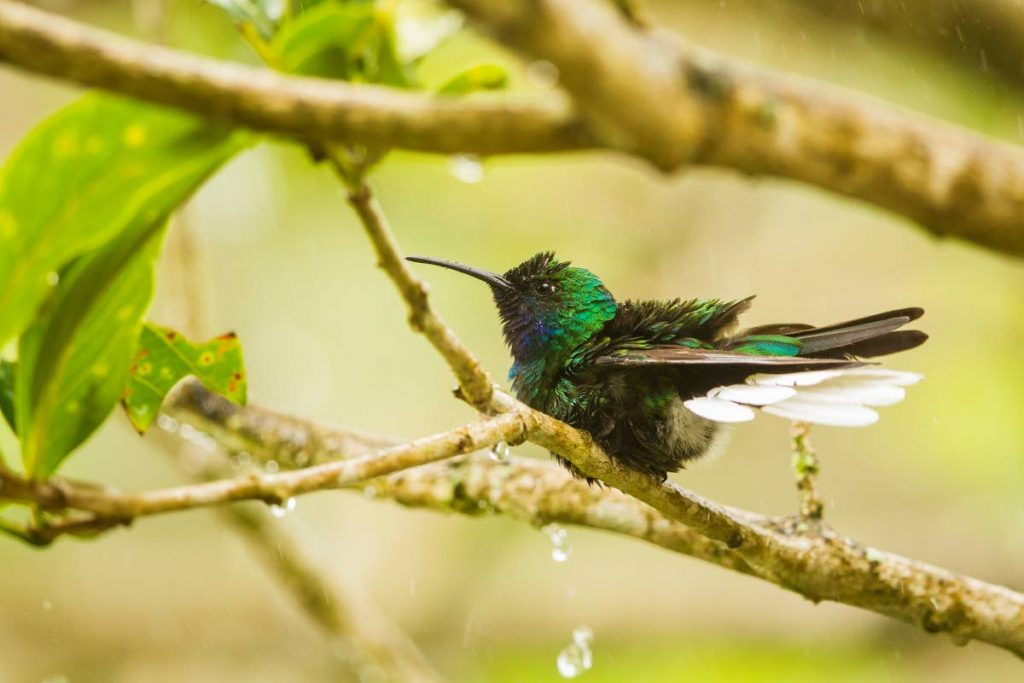
Faraaz Abdool tells us why birders love our islands.
THE mind of the travelling birder is constantly roaming, searching for new destinations packed with incredible species. Whether it is to add to an ever-expanding list of species observed in the wild or to immortalise the feathered creatures in photographs and videos, most birders are well acquainted with the myriad of species on offer within the tropical forests around the world. It can safely be said that countries like Colombia – with a mind-boggling tally of 1,878 species – rank high on the bucket list of nearly every birder.
The number of bird species in a particular country is always relative, however. Colombia is a massive territory and there are many logistical hurdles to navigate regarding travel within the country. Which brings the question of species density to the fore. Looking at birds through this lens elevates certain other countries to the top of the pile. The tiny islands making up São Tomé and Príncipe have the highest bird species density on the planet – indicator number is 0.42 per square mile. This is more than 100 times the species density of the mighty Colombia!
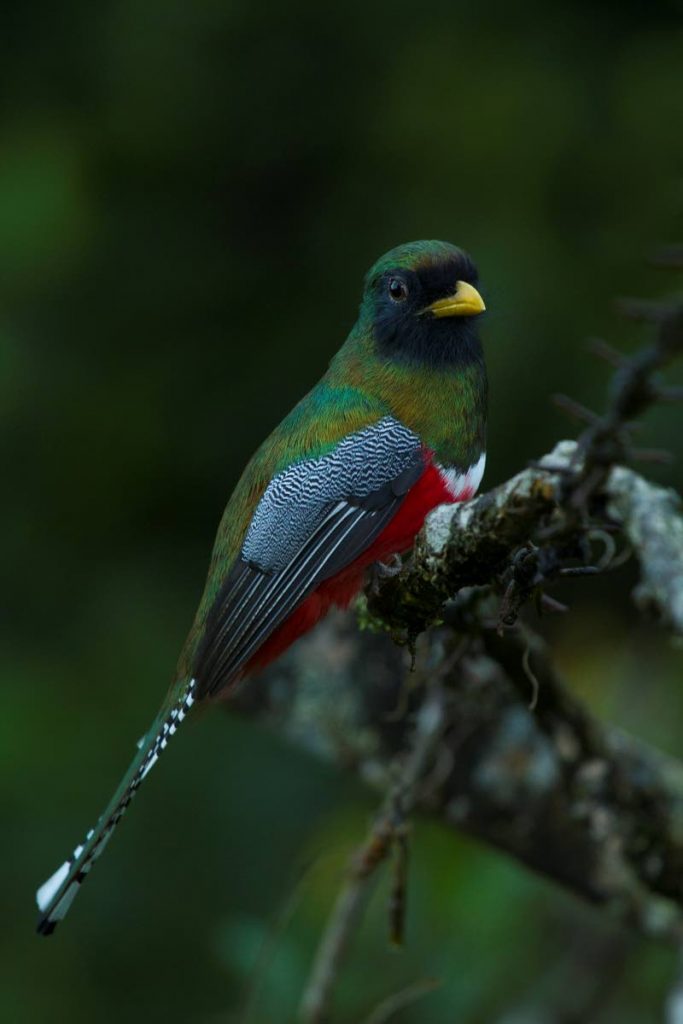
Coming in second with an indicator number of 0.25 per square mile is Trinidad and Tobago. Our naturally-rich islands pack an incredible amount of biodiversity within a small space, making our country the ideal destination for thousands of prospective tourists interested in the natural bounty on offer. The attractions are definitely not limited to a single location within the islands – but permeate literally every nook and cranny, even into the ocean.
For such small islands, significant variation in climate may not be expected, but as residents of TT will attest – it can be gloomy in Arima and scorching in Chaguanas. The forests of the eastern end of the Northern Range can accrue almost four times the annual rainfall of Chacachacare Island on the western end. A similar picture is painted for Tobago, with the northeast portion of the island receiving the lion’s share of the total rainfall. This unique pattern of rainfall distribution facilitates the proliferation of several distinct types of habitats – each having its own set of flora and fauna, explaining the high biodiversity on the islands.
For the most part, the rocky offshore islands of both Tobago and Trinidad are similar. Soldado Rock, off the southwest peninsula of Trinidad, is a breeding ground for seabirds like the Sooty Tern as well as some landlocked species like grey-breasted martins. Saut d’Eau Island, off the northern coast of Trinidad, also provides breeding territory for various species of seabirds, breeding being the primary reason they need to touch land. The Bocas islands, off the northwestern peninsula, are closely related to Tobago and its islets – in fact there are several species of birds that are found on these islands that aren’t found on mainland Trinidad but are quite common on Tobago.
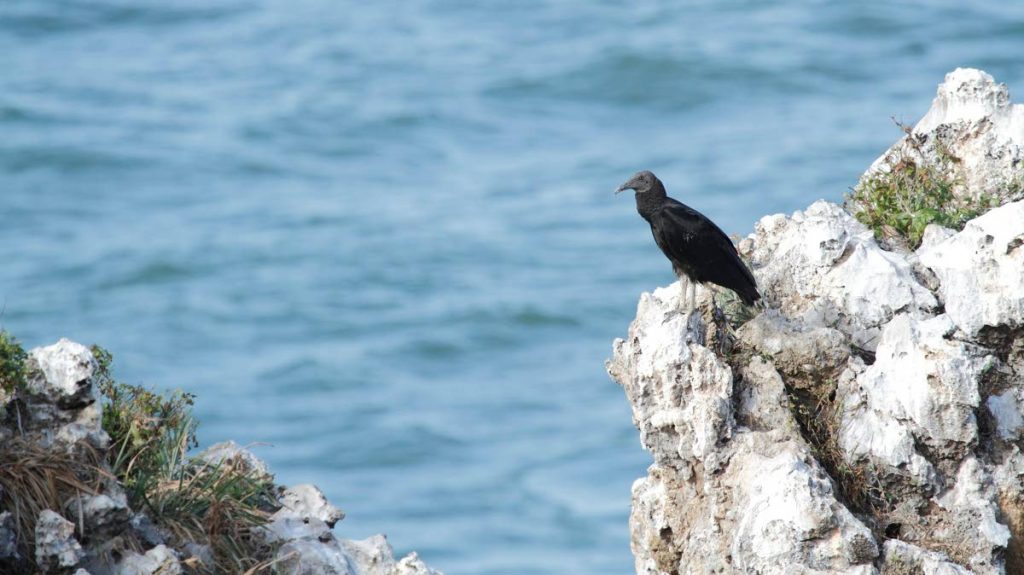
Mainland Trinidad is a cornucopia of different types of forest, open grassland and even a single wet savanna that is a relic from prehistory. Before Trinidad separated from mainland South America, much of the low-lying areas were savanna. With the end of the ice age, a warming climate enabled larger-leafed, woody trees to grow throughout most of these zones. There was only a small area that remained in its prehistoric state: the Aripo Savanna. This savanna is our only tie to a time few could possibly imagine, a world in which plants feed on animals, where a single species of palm would take the role of provider to a host of animal species as well as humans. Presently, carnivorous plants can still be found in the Aripo Savanna, along with palm marsh islands stocked with groves of moriche palms and their attending red-bellied macaws and sulphury flycatchers.
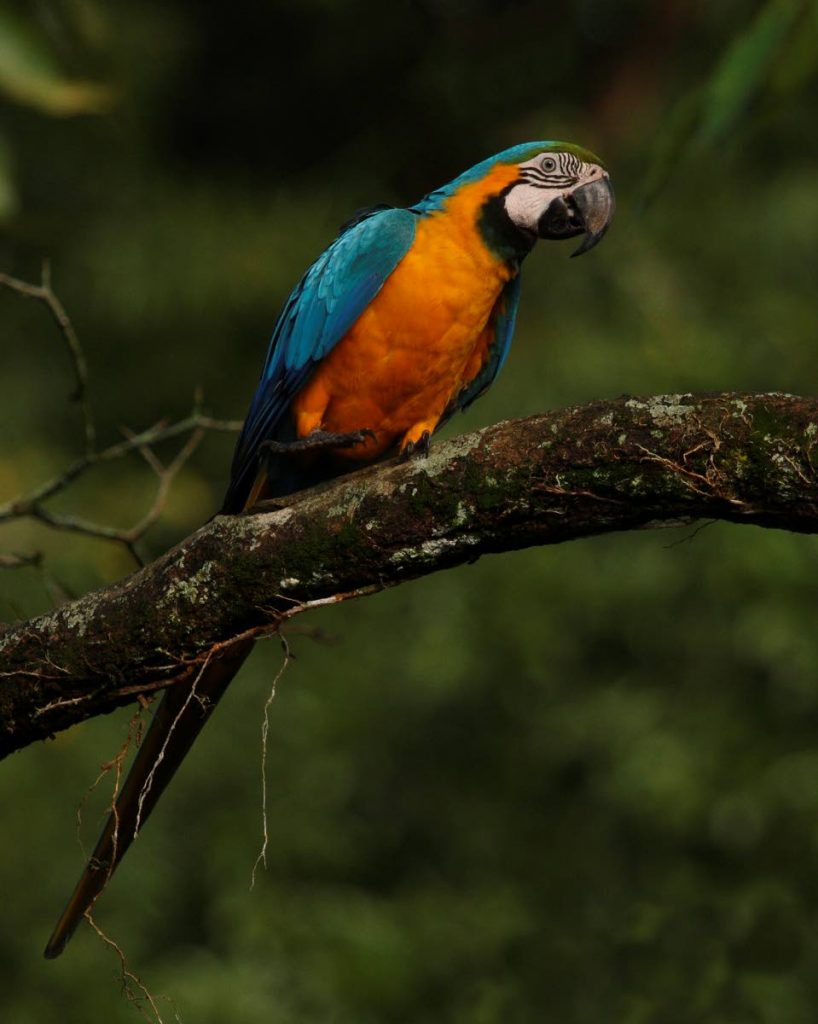
The three main hilly areas on Trinidad feed water into the central plains which are in turn drained by several rivers. The rivers flow to either the west or east coast, with the late stages of the rivers flanked by extensive mangrove forests. On the west coast the rivers empty into the Gulf of Paria, but not before they spill their nutrients onto the tidal mudflats – a crucial feeding site for thousands of migratory birds. On the east coast the river meets the powerful Atlantic Ocean in a turbulent union of raging waters.
In Tobago, the rivers with headwaters high in the Main Ridge Forest Reserve tend to not meander as much as those in Trinidad. Only on the southwest portion of the island one can find mangrove habitat: the sheltered shorelines are preserved by the stilt roots of the mangroves and make an irreplaceable nursery for many species of marine life. Southwest Tobago does not get as much rainfall as the northeast, and most of the vegetation is dry, seasonal forest.
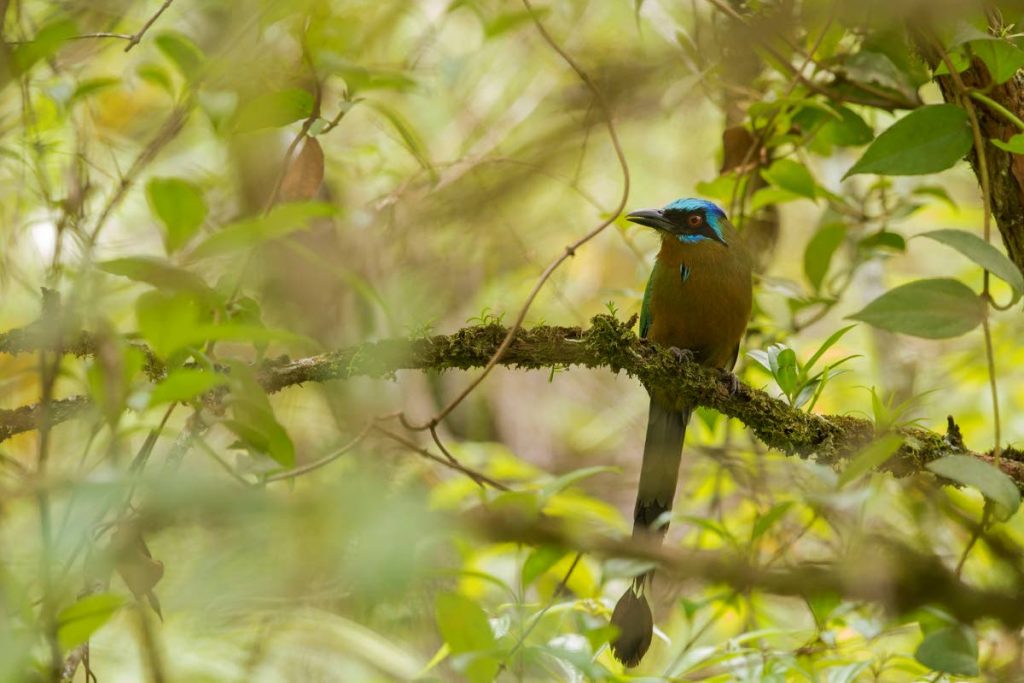
Northeast Tobago is one of the few remaining intact ridge-to-ocean habitats left in the world, a key fact in its designation as a biosphere reserve. Officially protected since 1776, the Main Ridge Forest Reserve continues to fulfil its role as watershed. Forested streams spill out onto beaches made white by the excrement of parrotfish over hundreds of thousands of years. Viewed from the ocean, Tobago rises from the deep blue water like a verdant dragon. Its pristine rainforest – given a second chance at life after Hurricane Flora in 1963 – holds the glittering secret of a rebounding population of the near threatened white-tailed sabrewing.
Tobago’s offshore islets are breeding grounds for seabirds much like Trinidad’s islets, but on a much grander scale. Both Trinidad and Tobago, while widely considered to be part of the Caribbean, are actually located on the edge of the continental shelf of South America. At the very end of the shelf and sitting on the literal edge of deep open ocean lie the islands of Saint Giles – TT’s northernmost land territory. Hundreds, if not thousands of terns, boobies and tropicbirds make the annual pilgrimage here to raise their young – and run the gauntlet of one of the largest populations of magnificent frigatebirds in the world.
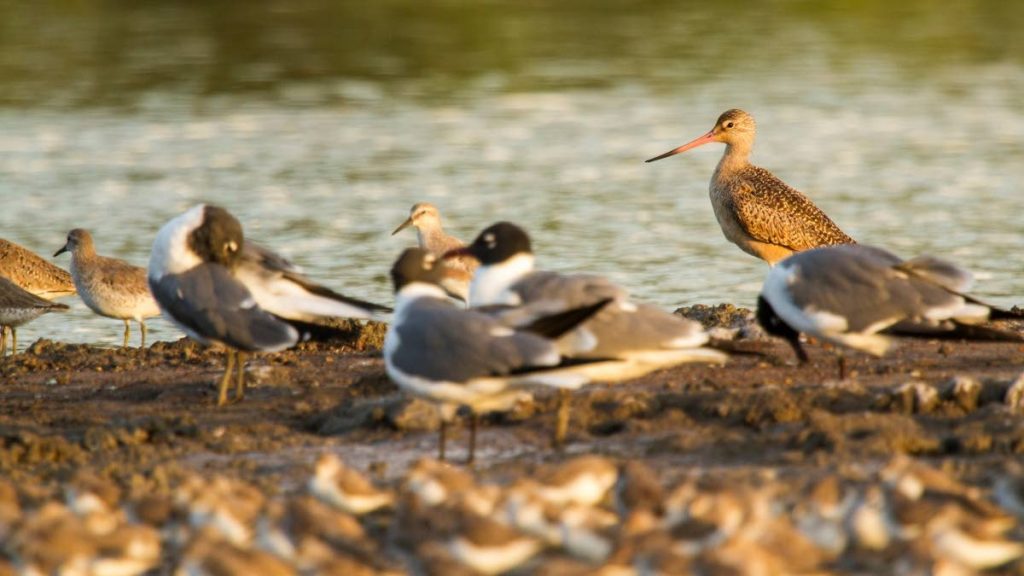
Our islands may yield some of the most prolific birding in the entire western hemisphere, but the wealth can easily slip through our fingers. A carelessly placed highway, unchecked effluent or daily deforestation can grind to a halt gears that were in motion for millennia.

Comments
"Birding from Soldado to Saint Giles"